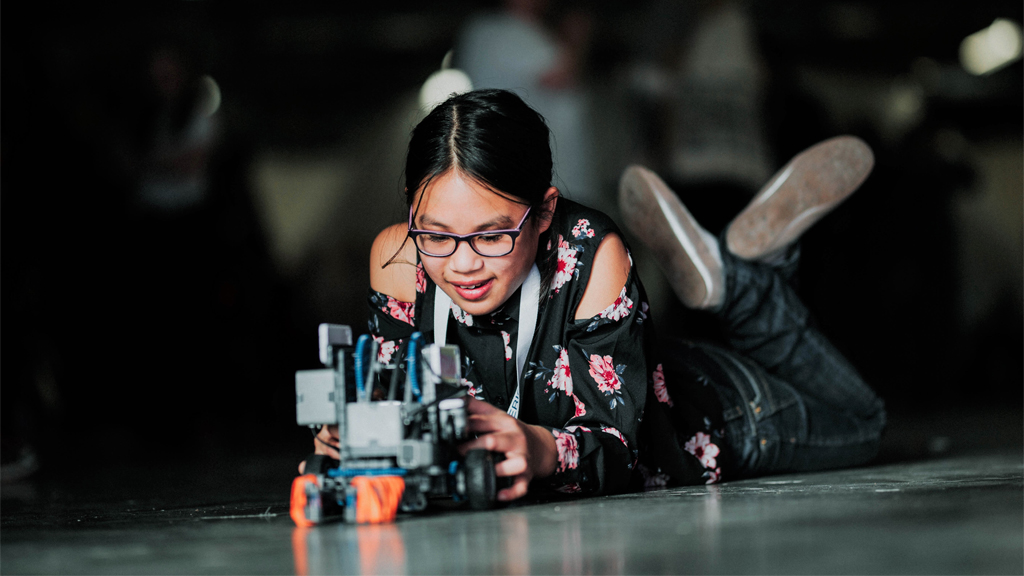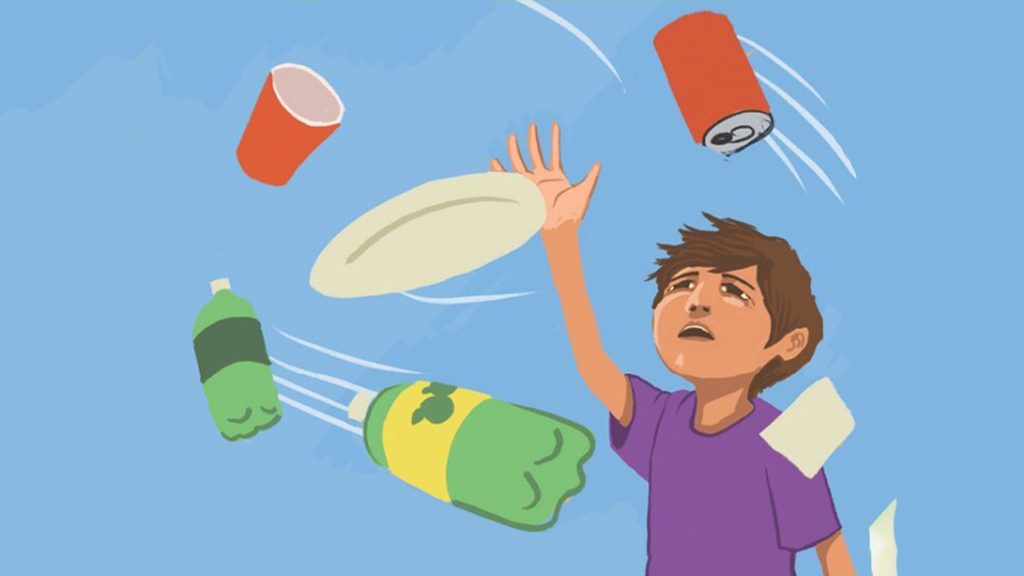Teacher Tip Tuesday: Making Connections: Strategic Partnerships between Formal and Informal Education, November 7, 2023
Join us on Tuesday, November 7, 2023, from 7:00 PM to 8:15 PM ET for another edition of Teacher Tip Tuesday.
Laura Decker, Science Instructional Support Lead for Chicago Public Schools Network 14, and Rosie Arnold, Formal Programs Manager for Lincoln Park Zoo discuss ways they’ve worked together to form connections and deepen relationships between their two institutions. Learn how they create unique learning opportunities for teachers and students that support formal curriculum goals and further the informal organization’s mission.
Join us on Tuesday, November 7, 2023, from 7:00 PM to 8:15 PM ET for another edition of Teacher Tip Tuesday.
Laura Decker, Science Instructional Support Lead for Chicago Public Schools Network 14, and Rosie Arnold, Formal Programs Manager for Lincoln Park Zoo discuss ways they’ve worked together to form connections and deepen relationships between their two institutions. Learn how they create unique learning opportunities for teachers and students that support formal curriculum goals and further the informal organization’s mission.
Join us on Tuesday, November 7, 2023, from 7:00 PM to 8:15 PM ET for another edition of Teacher Tip Tuesday.
Laura Decker, Science Instructional Support Lead for Chicago Public Schools Network 14, and Rosie Arnold, Formal Programs Manager for Lincoln Park Zoo discuss ways they’ve worked together to form connections and deepen relationships between their two institutions. Learn how they create unique learning opportunities for teachers and students that support formal curriculum goals and further the informal organization’s mission.
Join us on Tuesday, November 7, 2023, from 7:00 PM to 8:15 PM ET for another edition of Teacher Tip Tuesday.
Laura Decker, Science Instructional Support Lead for Chicago Public Schools Network 14, and Rosie Arnold, Formal Programs Manager for Lincoln Park Zoo discuss ways they’ve worked together to form connections and deepen relationships between their two institutions. Learn how they create unique learning opportunities for teachers and students that support formal curriculum goals and further the informal organization’s mission.
Join us on Tuesday, November 7, 2023, from 7:00 PM to 8:15 PM ET for another edition of Teacher Tip Tuesday.
Laura Decker, Science Instructional Support Lead for Chicago Public Schools Network 14, and Rosie Arnold, Formal Programs Manager for Lincoln Park Zoo discuss ways they’ve worked together to form connections and deepen relationships between their two institutions. Learn how they create unique learning opportunities for teachers and students that support formal curriculum goals and further the informal organization’s mission.








